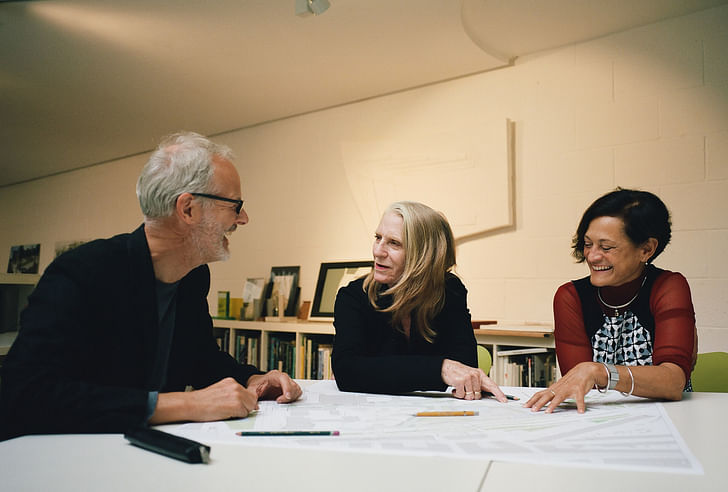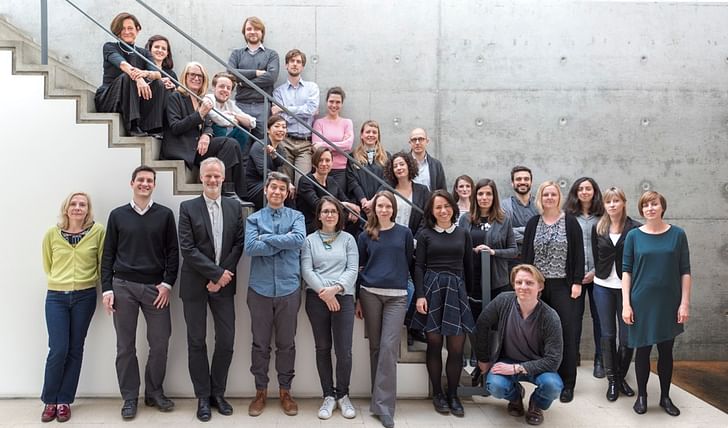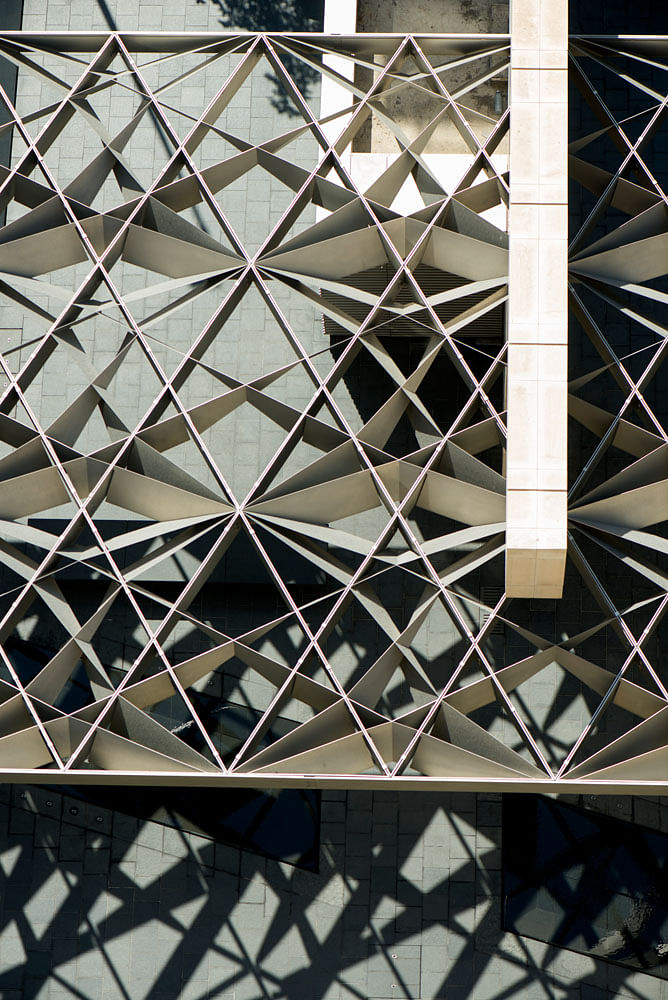

Gustafson Porter + Bowman are a landscape architecture firm based in Camden, London, with work ranging from conservation of significant sites to innovative re-thinking of urban brownfields.
This year they are celebrating 20 years of practice since their start in an East London studio in 1997. Throughout these past two decades, they have defined and expanded their skills as a practice and gained recognition for their international work which challenges preconceived notions of landscape design, with their focus on the importance of the influence design can have on our health and well-being. From master-planning to experiments in sculptural forms, their strength comes from their diversity within the practice, with their team being formed by architects and landscape architects from all over the globe. Their recent change of name from Gustafson Porter to Gustafson Porter + Bowman reflects the outstanding and ongoing contribution of partner Mary Bowman.
Recently the practice has worked with several teams on designs for the national Holocaust memorial, to be situated next to the Palace of Westminster. Working with the likes of Adjaye Associates and BuroHappold, two of these schemes have been shortlisted for the £40 million project. These sensual and meaningful schemes have showcased the strength of experience and innovation of Gustafson Porter + Bowman.
You have recently reflected your firm’s growth and evolution in the change of name to Gustafson Porter + Bowman earlier this year in recognition of the pivotal role played by Mary Bowman. How would you reflect on this change, and the past 20 years of practice?
The biggest change in the last 20 years has been a greater awareness of the potential and importance of landscape from clients and other architects. Kathryn and Neil established Gustafson Porter in 1997 in a shared office space on Curtain Road in Shoreditch. Mary joined the 8-person studio in 2002, intrigued by the landscape designs for Cultuurpark Westergasfabriek, the Garden of Forgiveness in Beirut and the Diana, Princess of Wales Memorial Fountain which had just been won in competition. The practice has since grown to 30+ architects and landscape architects based in Camden operating across Europe, Africa, the Middle East and Asia. We have two new partners, Sibylla Hartel and Donncha O Shea, who lead design teams and help with the day-to-day running of the practice. We are fortunate to have had the opportunity to design parks, memorials, plazas, masterplans as well as infrastructure projects such as pylons and bridges. Many of these projects were won in design competition and design remains a core strength of the practice. More recently, we have been working on architectural interiors linking the landscape outside to provide a seamless high-quality public realm experience between outside and inside. The biggest change in the last 20 years has been a greater awareness of the potential and importance of landscape from clients and other architects.
Considering your global portfolio, how do you see your firm growing in the next 5 years? Would an overseas office be a possibility?
We are happy with the size we are now and are able to control the design process and quality of construction. We’ve worked extensively in the Middle East and Asia for many years now, without requiring an overseas office. We collaborate with local landscape architects who share our vision and provide valuable local knowledge and expertise, allowing us to retain our staff in London and ensure effective collaboration and control. However, if work in these regions continues to grow then we’d be very open to another office. We have recently discussed the idea of creating a base in Asia where we have several projects.
How do you describe your company ethos?
We work to design high-quality landscapes with strong concepts carried through to the details – that’s our ethos. These have a wide scale of reference, often embracing art and history. We consider the human experience of place through landscape and believe in meaningful designs that connect body, mind, and soul with a physical and cultural environment.


How does the balance between architects and landscape architects work in practice? And how does this dialogue affect the design process?
We are currently collaborating with architects on projects ranging from private gardens to major transport interchanges. We have some very strong working relationships with architects who are increasingly more open to a significant landscape element within schemes. In the office, we keep a healthy 50-50 split between architects and landscape architects and 3 of the 5 partners qualified as architects.
In the office, we keep a healthy 50-50 split between architects and landscape architects
This is a great asset when working in collaboration with other architects on complex projects, or when we need to design and build our own structures, as we did with Harbour Square in Beirut (2008-2011).

What are your key values when it comes to creating a design?
Our designs are recognised for their sensitivity, subtleness and embodying an understanding of a site’s charged context or complex set of stakeholders. We seek to create places where people can pause and take the time and space to reflect. For us, when a place has meaning, it becomes valued and timeless. We are also known for creating three-dimensional landscape forms by modelling the ground plane to enclose and frame a sequence of spaces.
Your approaches to two of the shortlisted schemes for the National Holocaust Memorial are quite different in their dramatic interaction with the space. How did the design process work on each project, and which was most enjoyable?
We are often on more than one team for high-profile competitions, and in some cases more than one will be shortlisted! This is what happened with the National Holocaust Memorial. However, we are very strict regarding our working process and create ‘Chinese walls’ in the office. Kathryn [Gustafson] worked on the Heneghan Peng team whilst Neil [Porter] worked alongside David Adjaye and Ron Arad. The two schemes offer entirely different landscape proposals!
Your project in the Netherlands, Cultuurpark Westergasfabriek, explores brownfield regeneration and challenges the boundaries. In taking such a site on, what were the challenges and rewards?
Working on a project of this scale and with varied typologies was a huge privilege. We were able to engage with the local community and create an experience through the park which benefited them and the wider city of Amsterdam. It’s one of our defining projects. The challenges were working on brownfield reclamation within a physically dense urban context and a complex set of stakeholders. The rewards were designing a scheme with a delicate balance between contamination and accessibility, invention and interpretation, revelation (of the potential of post productive lands) and renovation (of obsolescence into functionality). Today Westergasfabriek is hugely popular and our design remains unaltered.
What are three words that your employees might use to describe your firm?
High-quality design, dedicated and friendly.

Abigail is a creative all-rounder, who studied Architecture at Plymouth University. She deeply passionate about the progression of the built environment, especially through the next generation, and architectural education.
No Comments
Block this user
Are you sure you want to block this user and hide all related comments throughout the site?
Archinect
This is your first comment on Archinect. Your comment will be visible once approved.